Question:1
How are you required to conduct yourself according to the event that is depicted in the following picture?
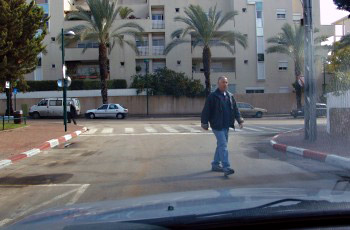
Category : Safety
Question:2
What is the driver obliged to do according to the following picture?
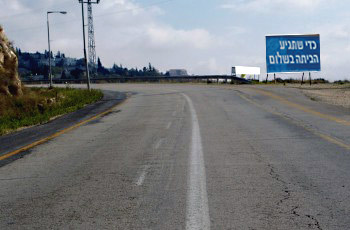
Category : Safety
Question:3
When is there a danger of vehicle skidding?
Category : Safety
Question:4
Can unprescribed medications have a negative effect on driving?
Category : Safety
Question:5
Is it permitted to overtake according to the situation described in the picture?
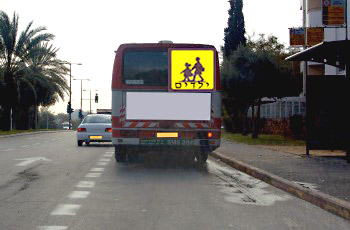
Category : Safety
Question:6
How are you required to conduct yourself according to the occurrence depicted in the picture?
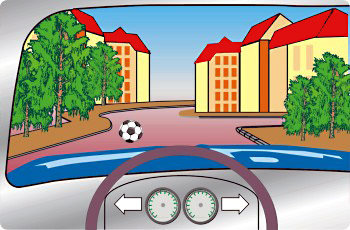
Category : Safety
Question:7
How are you required to conduct yourself according to the occurrence that is depicted in the following picture?
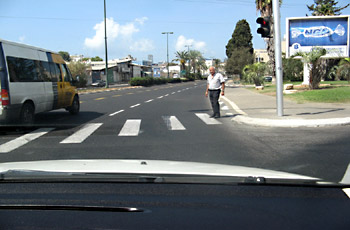
Category : Safety
Question:8
What are the characteristics of a mountain road?
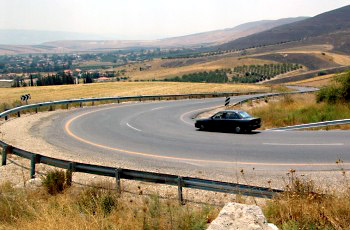
Category : Safety
Question:9
The wind resistance that a driving vehicle faces affects:
Category : Safety
Question:10
What is the correct way for changing lanes?
Category : Safety
Question:11
How would you avoid danger when starting to drive?
Category : Safety
Question:12
Why should we avoid running the vehicle’s engine in a closed placed?
Category : Safety
Question:13
How would a strong side-wind affect the movement of the tall truck?
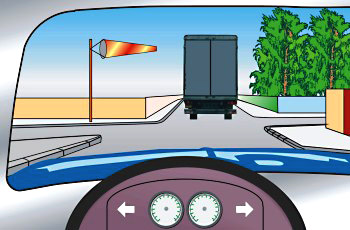
Category : Safety
Question:14
What is the correct way to check the road when starting to drive and merging with traffic?
Category : Safety
Question:15
The ability to control the vehicle in order to prevent accidents:
Category : Safety
Question:16
When is a vehicle affected by centrifugal force?
Category : Safety
Question:17
What should you do when your driving lane is blocked by the double-parked silver vehicle (marked with a circle)?

Category : Safety
Question:18
What limitations does a driver experience while driving in reverse?
Category : Safety
Question:19
What is required in order to change lanes without causing any disturbance or risk?
Category : Safety
Question:20
How would you start the engine of an automatic transmission vehicle?
Category : Safety
Question:21
When visibility conditions are impaired:
Category : Safety
Question:22
What is the proven and recommended method for keeping proper distance from the vehicle driving in front of us?
Category : Safety
Question:23
Are the vehicles within the sharp curve positioned correctly?

Category : Safety
Question:24
What is the speed limit for private vehicles on the following road section?

Category : Safety
Question:25
What is the main risk of driving in reverse?
Category : Safety
Question:26
When driving in reverse:
Category : Safety
Question:27
A panoramic mirror:
Category : Safety
Question:28
“Alcohol slows down the driver’s ability to respond”: Correct or incorrect?
Category : Safety
Question:29
What are the elements that contribute to vehicle skidding?
Category : Safety
Question:30
What risks are caused when you deviate abruptly between lanes?
Category : Safety

